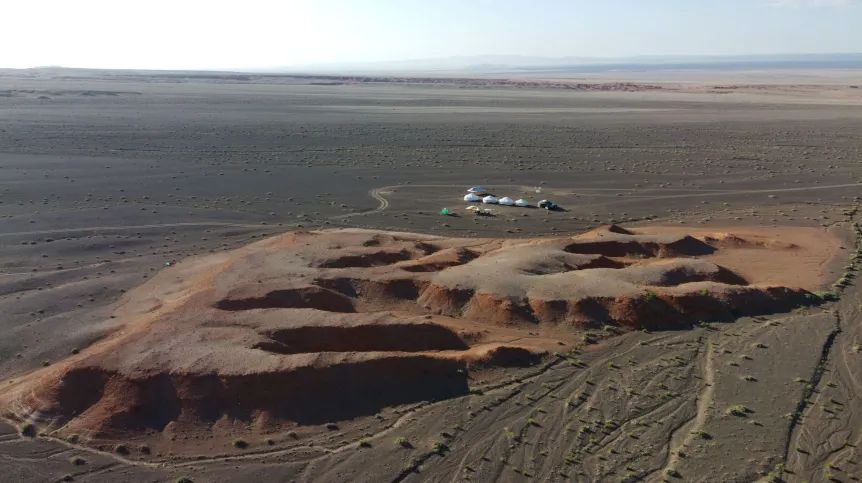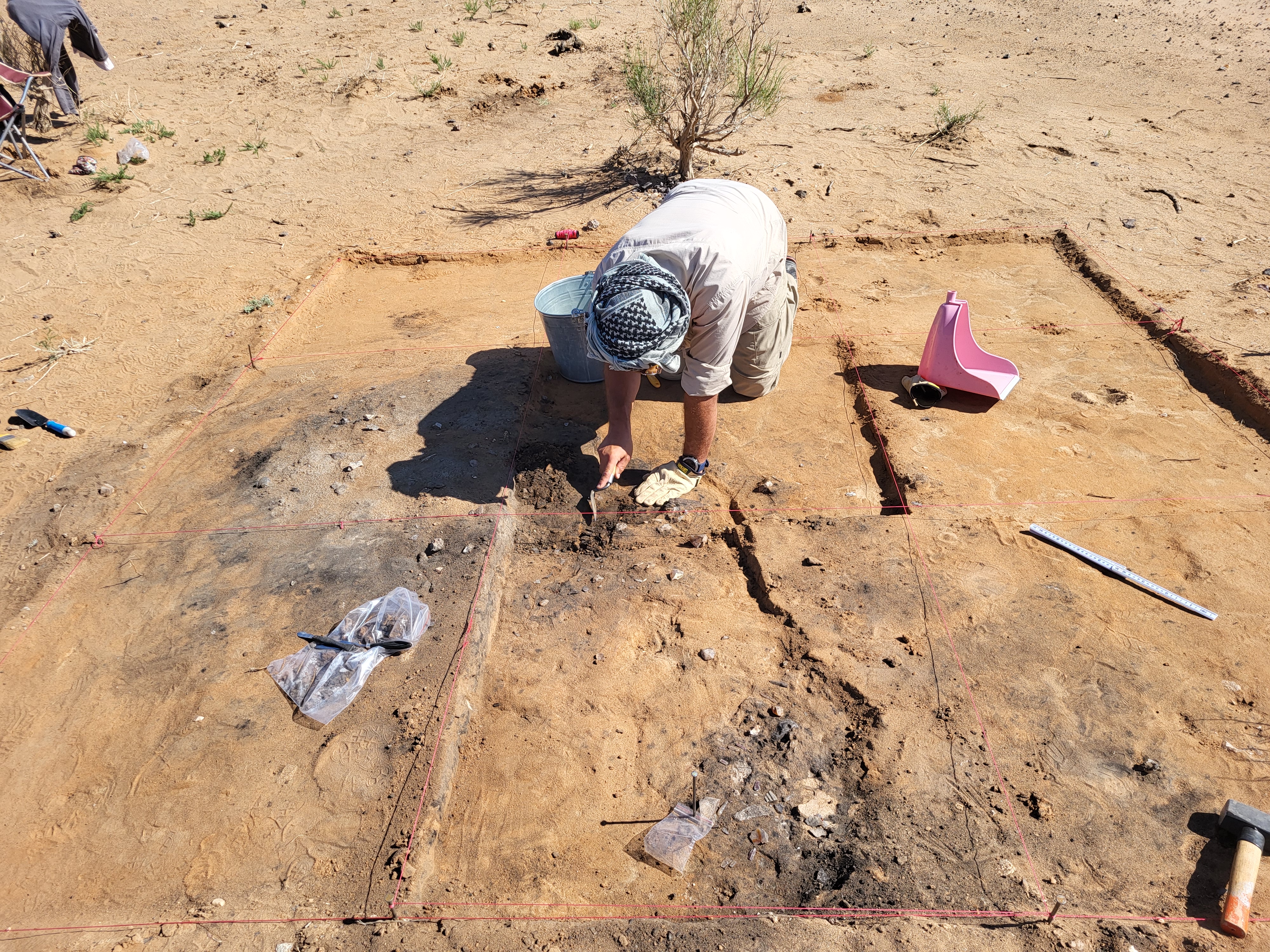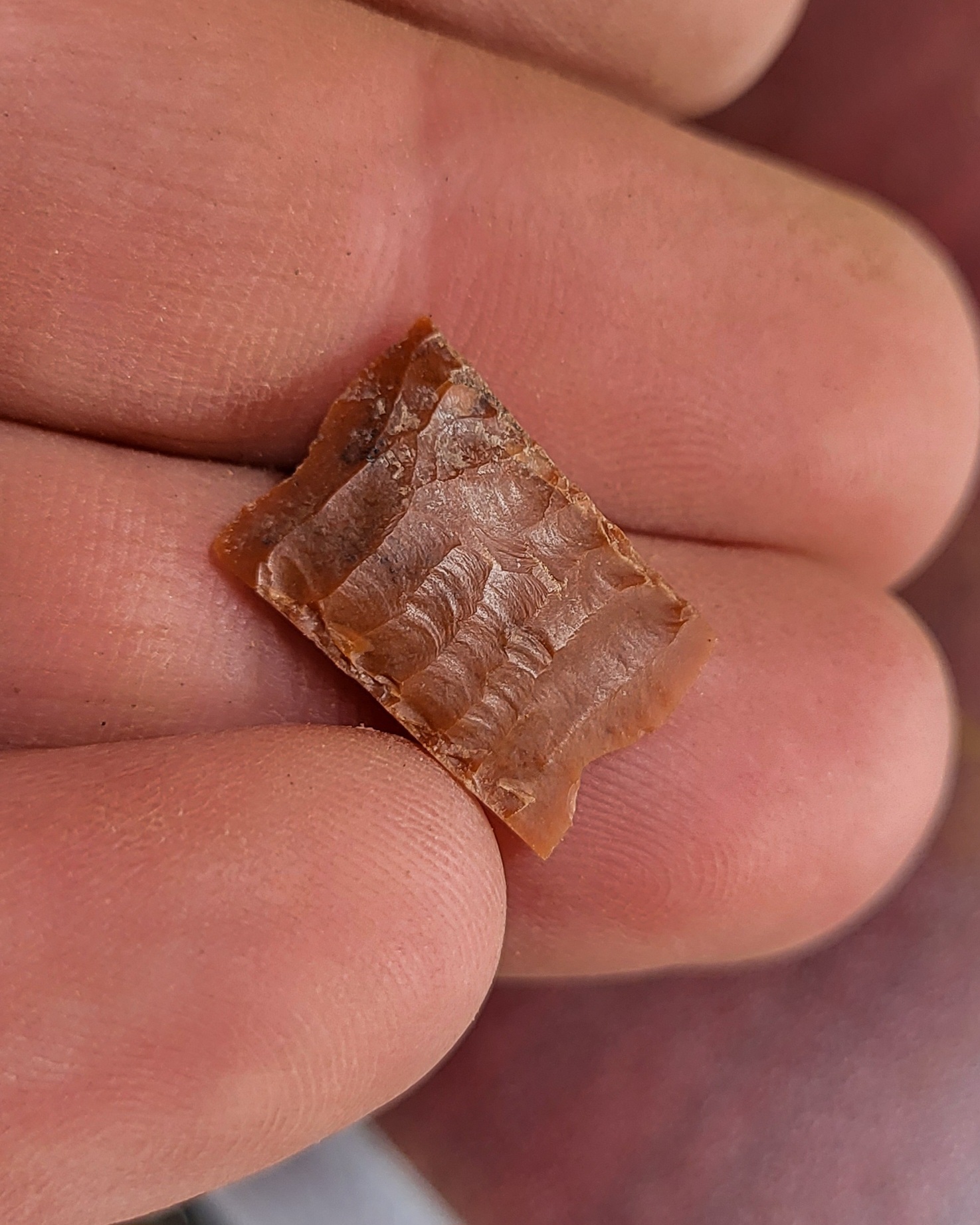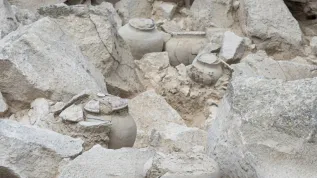
Over 8,000 years ago, vast lake districts dotted the area now known as the Gobi Desert — and human life thrived around them.
Polish and Mongolian scientists say hunter-gatherer groups once lived, hunted, and crafted tools near these ancient waters before retreating to nearby mountains when the climate turned colder.
The findings come from an international research project led by Professor Mirosław Masojć of the Institute of Archaeology at the University of Wrocław, who has been studying the Gobi Desert since 2014.
“In the so-called Flint Valley region, we managed to find remnants of a lake district, a group of palaeolakes that had existed there during the Pleistocene for approximately 140,000 years,” said Prof. Masojć. “We know that from that time, the environment supported human life in this part of the desert until the early and middle Holocene.”
In a recent paper published in PLOS One, the researchers presented results from excavations at a site located on the shore of the palaeolake Luulityn Toirom. The work was conducted with scientists from the Polish Geological Institute, Polish Academy of Sciences, Archaeological Museum in Gdańsk, and the Mongolian Academy of Sciences and National University of Education in Ulaanbaatar.

The study reveals that the Gobi’s current arid landscape once hosted a humid, life-sustaining environment. “Even earlier, the climate in the Gobi Desert was completely different from its current state,” said Masojć. “It was more humid, and lakes provided favourable conditions for settlement.”
Archaeologists unearthed stone artefacts linked to hunter-gatherer activity from the Pleistocene and early Holocene periods. “The site we examined is the remains of a camp where groups of people primarily used jasper,” Masojć explained. “It is a deep red, cleavable rock from which tools were made, both for hunting and for processing materials after hunting.”
Researchers found jasper production waste — cores from which narrow blades 5–6 cm long were struck. These blades likely served as arrow inserts. Organic materials such as bone or wood were absent, a result of the Gobi’s harsh conditions.
“This was not a long-term camp,” Masojć said. “The inhabitants of this area had a rather dynamic, mobile lifestyle. They likely wandered through a corridor between mountain ranges and stumbled upon this lake enclave. They lived in small, family groups of several people, or several families wandering and living side by side.”

In the Flint Valley, the team also discovered the oldest pottery attributed to Holocene communities, dating to around 10,500 BCE. Further north, in the Altai Mountains bordering the desert, the researchers uncovered two caves containing evidence of human activity dating back 27,000 years — including a 25,000-year-old adult male tooth, the oldest known human remains found in Mongolia.
“The traces of settlement in the mountains that we have discovered show that when climatic conditions became difficult in the late Holocene and earlier, communities living near lakes would flee to the highlands, which they treated as refuges from the unbearable climate,” Masojć said.
The University of Wrocław’s ongoing research in Mongolia is funded by the Polish National Science Centre.
PAP - Science in Poland, Ewelina Krajczyńska-Wujec (PAP)
ekr/ zan/ mow/
tr. RL













